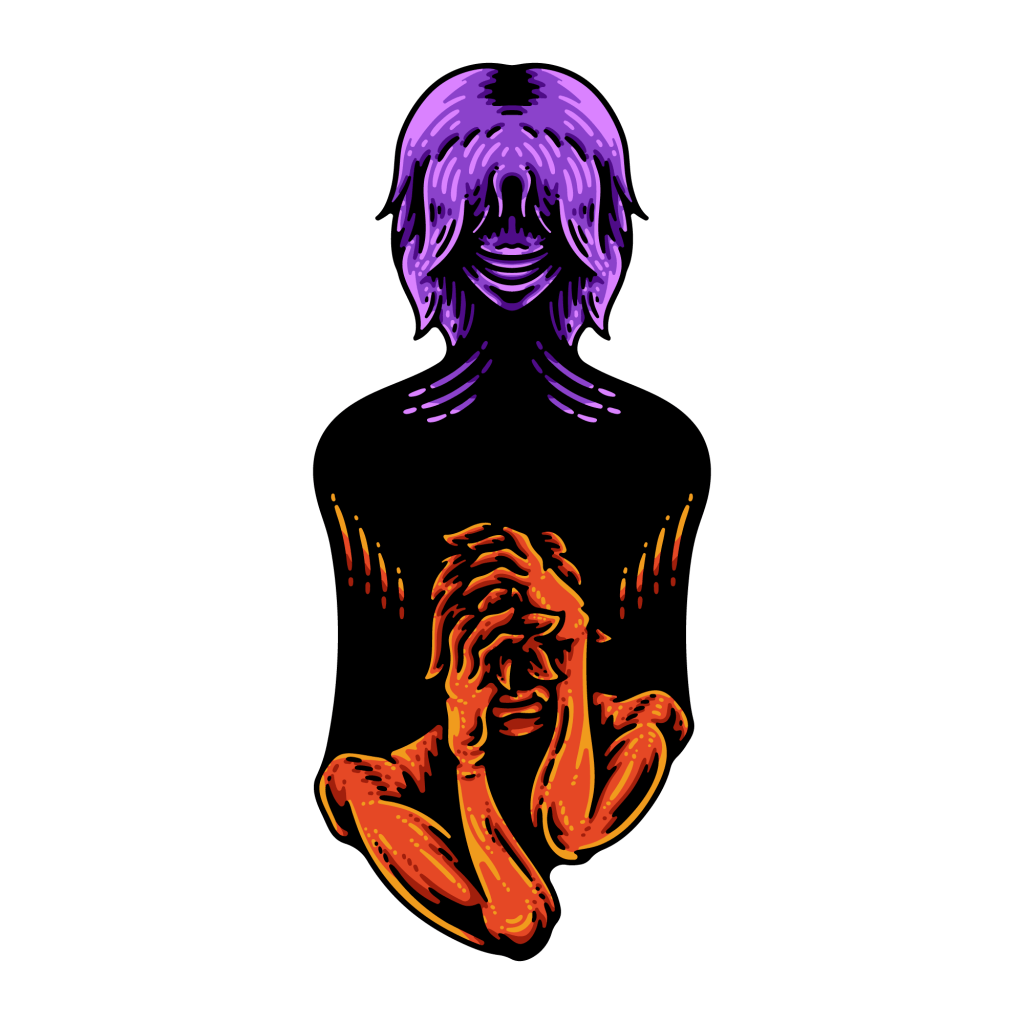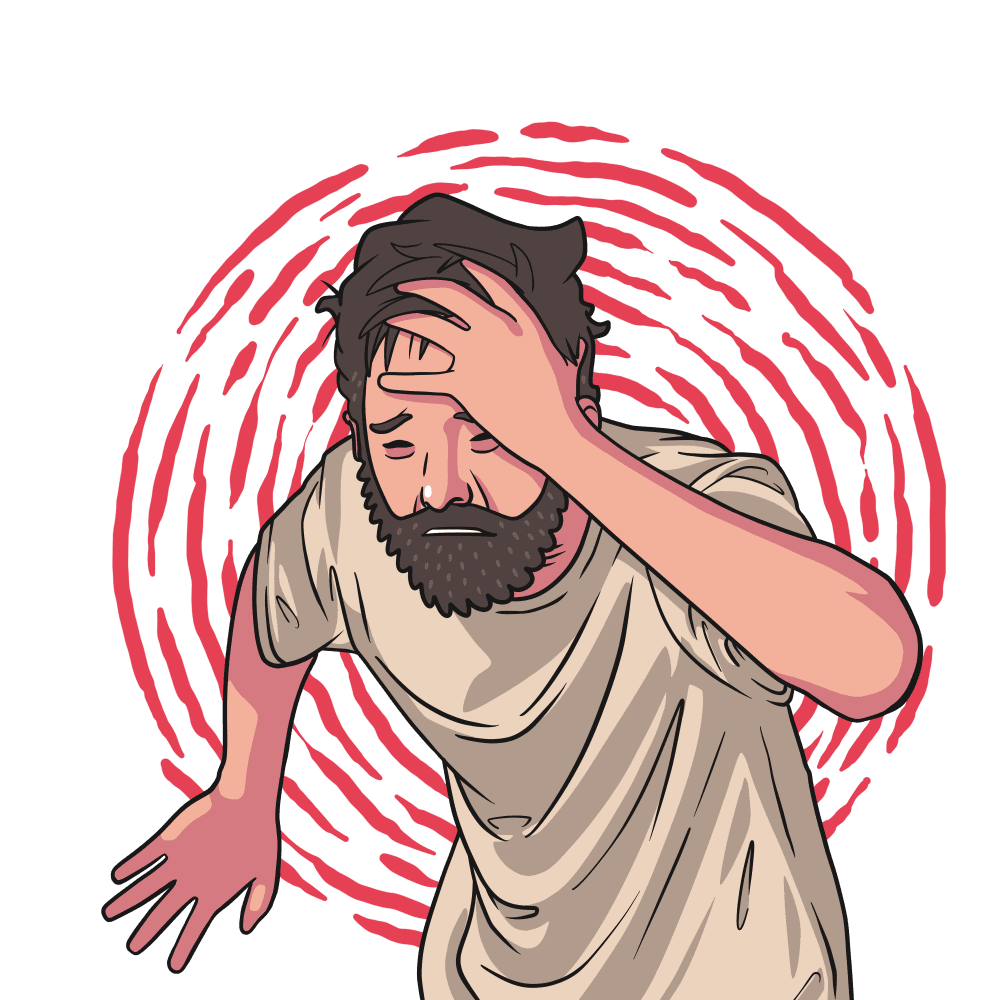Introduction: Beyond the Surface
Depression, often misconceived as a fleeting emotion, is a profound mental health disorder that engulfs millions worldwide. In this article, we will explore what is depression with a comprehensive perspective. The staggering statistics from the World Health Organization—300 million people annually grappling with depression and 800,000 succumbing to its depths—underscore the urgent need for understanding, empathy, and effective treatments. Beyond its emotional toll, depression intricately weaves a web of physiological and psychological challenges, demanding a multifaceted approach to healing.
Defining Depression: More Than a Mood
Depression is not a fleeting emotion but a debilitating mental health condition. Its core features, including persistent sadness, loss of interest, changes in appetite and sleep patterns, and feelings of worthlessness, underline the gravity of its impact. The invisible struggles faced by those with depression often lead to isolation and alienation, emphasizing the need for societal compassion and a diverse range of effective treatments.

Depression’s Variants: Major Depressive Disorder vs. Dysthymia
Major Depressive Disorder (MDD) and Dysthymia represent two facets of depression. MDD, characterized by intense despair, requires prompt intervention, often involving pharmacological treatments like SSRIs and SNRIs. Dysthymia, a chronic form of depression, lingers persistently, demanding ongoing support and resilience-building strategies. Understanding these variants fosters a nuanced approach to treatment, integrating various therapeutic techniques for a comprehensive healing process.
Therapeutic Interventions: CBT, Psychotherapy, Behavioral Activation, and Exposure
Cognitive Behavioral Therapy (CBT) stands out as a cornerstone in depression treatment. By identifying negative thought patterns and behavior cycles, CBT empowers individuals to reshape their perceptions and responses, promoting emotional resilience. Psychotherapy provides a safe space for individuals to explore their emotions, fostering self-awareness and coping mechanisms. Behavioral Activation, focusing on engaging in positive activities, counteracts the inertia often experienced in depression, infusing life with purpose. Exposure therapy, addressing specific fears and anxieties, enables individuals to confront their challenges head-on, reducing avoidance behaviors and instilling a sense of control.

Pharmacological Solutions and Lifestyle Modifications
In tandem with therapeutic interventions, pharmacological treatments like SSRIs and SNRIs provide vital support. By balancing neurotransmitter levels, these medications alleviate immediate symptoms, offering a lifeline for those in despair. Lifestyle modifications, including regular physical activity, balanced nutrition, and quality sleep, significantly contribute to emotional well-being. These positive changes reinforce the effectiveness of therapeutic interventions, creating a holistic healing environment
Conclusion: A Call for Compassion
Understanding what is depression a comprehensive perspective in all its dimensions is pivotal in fostering a compassionate society. By acknowledging its emotional, physiological, and psychological facets, we pave the way for effective treatment and destigmatization. The integration of therapeutic interventions such as CBT, psychotherapy, behavioral activation, and exposure, combined with pharmacological solutions and lifestyle modifications, forms a powerful toolkit against depression. Let us champion awareness, provide unwavering support, and advocate for holistic interventions. Together, we can dismantle the barriers faced by individuals battling depression, illuminating their path toward integrated healing and hope.
Ready to begin? Start your online therapy journey today. Book your first session now.




